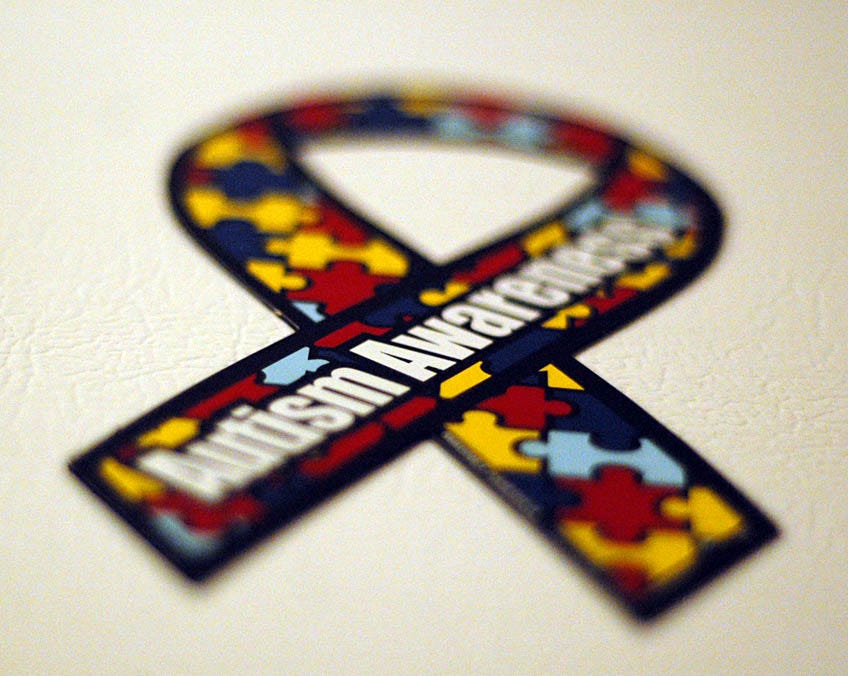An In-Depth special report— Meta-analysis: Evidence for environmental role in autism is striking
A strong body of scientific evidence: “Highly likely” that both genetics and environment contribute substantially to autism

In short, we need a full-scale commitment to identify the possibly vast number of chemicals that interact with genomic variation and influence the likelihood that children develop neurodevelopmental disorders, including autism and its associated impairments. It is not necessary to discover all the toxic chemicals that contribute to autism specifically, or to uncover all molecular mechanisms underlying autism before we act to protect future generations from known or suspected developmental neurotoxicants. Governments should not allow new chemicals to enter the market unless they are tested for developmental neurotoxicity.— Dr. Heather Volk and colleagues in their peer-reviewed study, Considering Toxic Chemicals in the Etiology of Autism
Author’s note: Those who have followed my work over the years know that autism has been on ongoing topic of my research and study. This year, as you will see below, the numbers of kids on the spectrum continues to climb ever higher, and the medical establishment continues to say there’s nothing to see here.
It’s all better diagnosis, they say. One could see that as an explanation when 2 in 10,000 children were afflicted 30 years ago and few people, even in the medical profession, knew what autism was. Now we’re 30 years past that point, it’s been headlines for doctors for years, and we are expected to believe that 2.8 percent of our children—the highest number ever at 1 in 36—is just “better diagnosis.” In this report, we see compelling evidence for what the corporate media, pharmaceutical companies, and the chemical industry don’t want you to know:
While there are genetic predispositions, a lot of evidence points to environmental triggers, ranging from a massive childhood vaccination schedule—complete with live viruses, multiple doses at once, with many loaded with dangerous chemicals—to pesticides to everyday cleaning supplies and other chemicals.
It’s not one thing but an accumulation, the science is suggesting, so let’s take a look.
We are poisoning ourselves … or, a better way to say it, we are being poisoned
A growing body of work the latest from January 2022—indicates that environmental factors play a critical role in the development of ASD, or autism spectrum disorder, a Johns Hopkins-led meta-analysis shows.
The rest of this in-depth report is for premium members. Become a member now for the the rest of the special report and the entire archive

